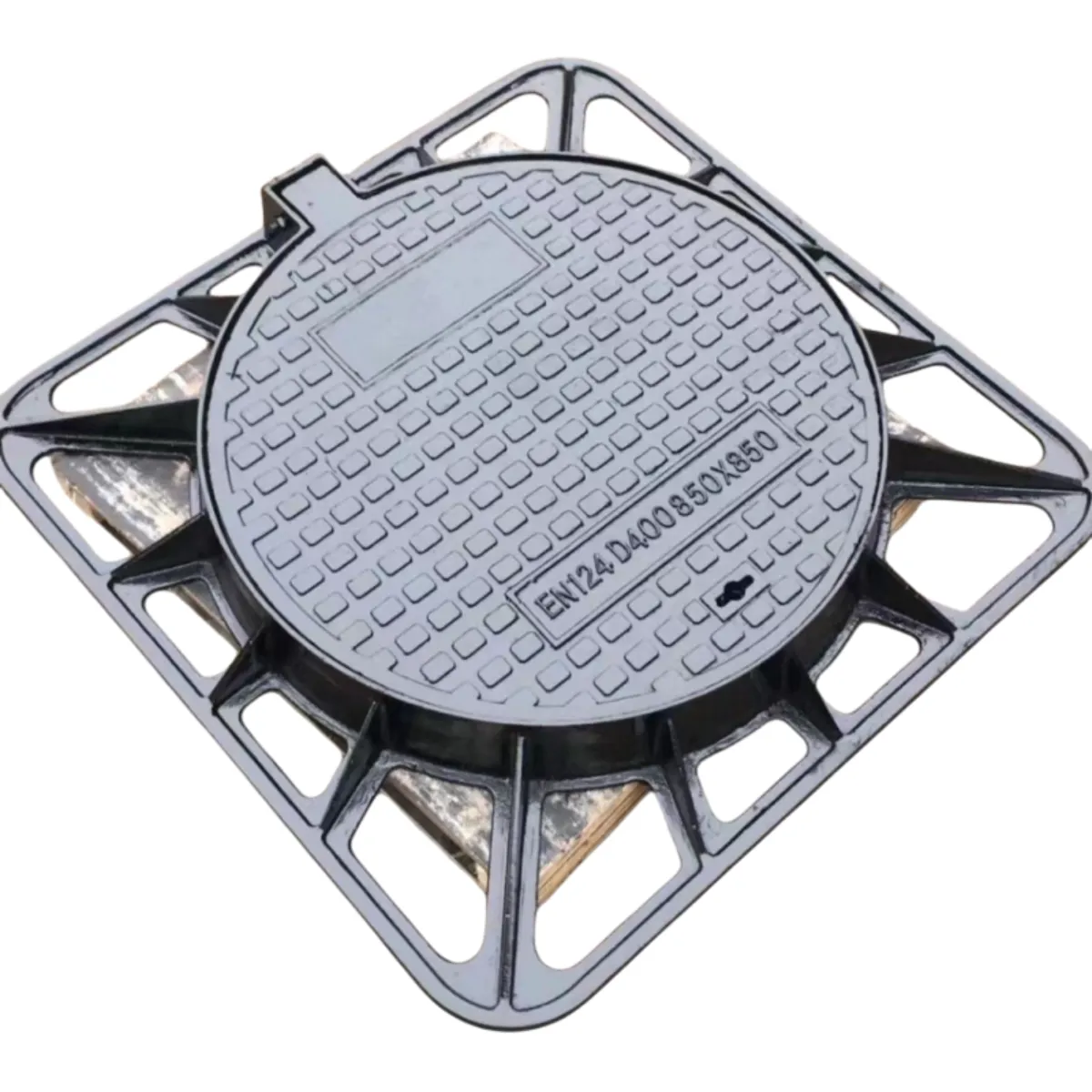auto air release valve
Understanding the Auto Air Release Valve Function and Importance
The auto air release valve is an essential component in a variety of hydraulic and fluid systems, primarily designed to maintain optimal performance by preventing air pockets in pipelines that could lead to inefficiencies or even system failure. The functionality of this valve is crucial for various applications, including municipal water systems, irrigation, and industrial processes.
The primary role of the auto air release valve is to automatically expel trapped air from pipelines. Air can accumulate in pipelines due to several factors such as changes in pressure, the installation process, or turbulence caused by fluid movement. If not addressed, trapped air can create blockages, reduce flow rates, and ultimately impair the efficiency of the system. This is where the auto air release valve plays a vital role, as it ensures that any air that does form in the system is efficiently released without manual intervention.
In its operational mechanics, the auto air release valve typically consists of a main valve body, a float mechanism, and an air discharge outlet. When air accumulates in a pipeline, it rises to the top of the valve body, causing the float to ascend. Once the air reaches a certain volume, the float mechanism opens the valve, allowing the trapped air to escape. When the air is released, the float drops back down, closing the valve to prevent any fluid from escaping. This automatic process ensures that pipelines are constantly operating at peak efficiency without the need for regular manual checks.
auto air release valve

One of the significant advantages of using an auto air release valve is its contribution to the longevity of the piping system. By preventing air locks and pressure fluctuations, the valve helps to minimize the risk of pipe bursts and leaks, which can be costly to repair and can also lead to service interruptions. Moreover, efficient air management can reduce energy costs, as pumps do not have to work harder to overcome the resistance caused by trapped air.
Furthermore, the installation of an auto air release valve can improve the overall safety of a hydraulic system. By preventing the dangers associated with air accumulation, such as water hammer or excessive pressure build-up, these valves help create a more stable and secure environment for both infrastructure and personnel.
In conclusion, the auto air release valve is a small yet vital part of numerous fluid management systems. Its ability to automatically release trapped air not only enhances the efficiency and safety of these systems but also protects them from potential damage over time. For anyone involved in the design, maintenance, or operation of fluid systems, understanding and implementing auto air release valves can lead to significant improvements in performance and reliability. As industries continue to evolve, the role of such seemingly minor components will only grow in importance, underlining the necessity for proper attention and investment in these technologies.
-
The Smarter Choice for Pedestrian AreasNewsJun.30,2025
-
The Gold Standard in Round Drain CoversNewsJun.30,2025
-
The Gold Standard in Manhole Cover SystemsNewsJun.30,2025
-
Superior Drainage Solutions with Premium Gully GratesNewsJun.30,2025
-
Superior Drainage Solutions for Global InfrastructureNewsJun.30,2025
-
Square Manhole Solutions for Modern InfrastructureNewsJun.30,2025
-
Premium Manhole Covers for Modern InfrastructureNewsJun.30,2025
